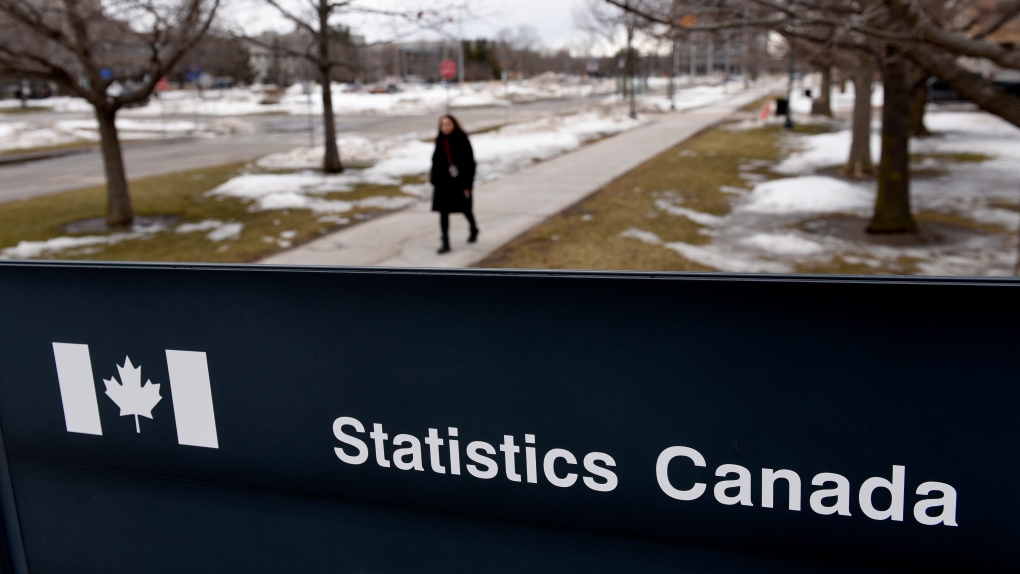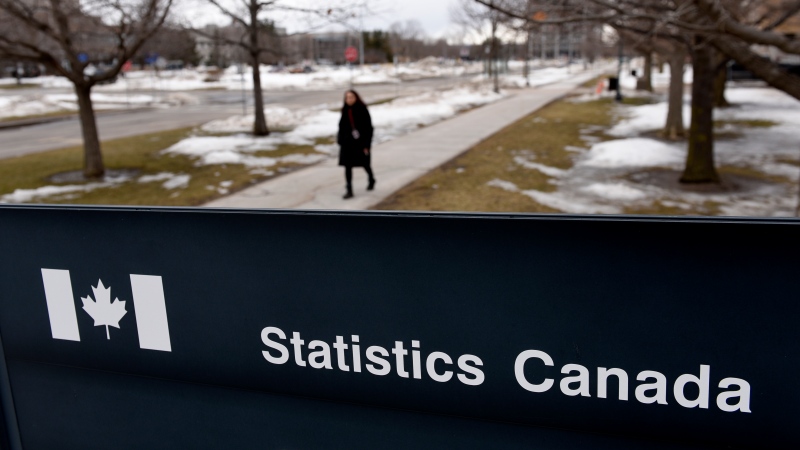

OTTAWA –
Riddled by Omicron’s rapid spread, the Canadian economy lost 200,000 jobs in January amid stricter public health rules put in place to slow the variant of COVID-19, but signs point to a temporary wound rather than a drawn-out recovery.
The decrease marked the largest drop since January 2021, when the economy shed 207,800 jobs, Statistics Canada said Friday.
The job losses also pushed the unemployment rate to 6.5 per cent last month compared with 6.0 per cent in December, jacked up “entirely” by those temporarily laid off or scheduled to start a job soon — the number of Canadians looking for work hardly budged — the agency added.
As Omicron propagated across the country, governments reintroduced capacity limits and closures for workplaces such as restaurants, gyms and theatres. The vast majority of the job losses were in Ontario and Quebec, which implemented some of the strictest measures of any province.
Food services and hotels were among the hardest hit, accounting for 57 per cent of the total decline and hitting young people and women the hardest, Statistics Canada said.
A record share of employees also missed work due to illness in January, with one in 10 away from their post. The number of employees who worked less than half their usual hours climbed by 620,000 or two-thirds, the largest increase since March 2020.
But those numbers may actually be cause for optimism, economists said.
“Even though the rise in unemployment was steeper than the consensus forecast, there was also evidence that firms tried to keep staff on the payroll during the Omicron wave due to expectations that the lockdown measures would be short-lived and also due to difficulties recruiting staff in prior reopening phases,” said CIBC senior economist Andrew Grantham.
Most industries saw employment figures rise last month, with the goods sector alone adding 23,000 jobs.
Royce Mendes, managing director of economics at Desjardins, said that with Omicron cases likely past their peak and the tightest pandemic measures lifted, “that’s the beginnings of a recipe for another swift post-COVID-wave rebound.”
Those ingredients also mean central bankers are “still on track” to hike rates in March as they seek to head off further inflation, he added.
The Bank of Canada kept its key interest rate target on hold last month at 0.25 per cent, but signalled it was preparing to begin raising its key rate in an effort to bring inflation under control and back to its target of two per cent.
The annual inflation rate rose to 4.8 per cent in December, its hottest pace since September 1991, and Bank of Canada governor Tiff Macklem has said that the rate could stay “uncomfortably high” around five per cent over the first half of 2022.
The central bank’s next scheduled interest rate decision is set for March 2.
Recent history may prove a guide for the job numbers in the coming months.
The wave of job losses in January 2021 when COVID cases surged was followed by a bigger rebound of 272,500 in February last year. The economy lost 198,800 jobs last April — followed by a slight decline in May — but bounced back with 214,600 gains in June.
“The Canadian labour market showed impressive ability to rebound after previous waves last year, and some of the prevailing conditions that helped the recovery, like elevated employer hiring appetite, remain,” Brendon Bernard, a senior economist at job-posting site Indeed, said in an email.
Total hours worked in the economy fell back below their pre-pandemic level, plunging by 2.2 per cent — the largest drop since April.
Average hourly wages grew a “tepid” 2.4 per cent year over year, Mendes noted, despite a worker shortage across sectors ranging from information technology to trucking.
Employment fell among women in the core working age range of 25 to 54, entirely in part-time work, yielding a loss of 43,000 jobs.
More than 40 per cent of employees worked mostly from home in January, which is above the one in four who’ve done so in the last few months, Statistics Canada said.
The total number of unemployed people jumped by 106,000 or 8.6 per cent month over month to 1.34 million in January.
- Unemployment rate: 6.5 per cent (6.0)
- Employment rate: 60.8 per cent (61.5)
- Participation rate: 65.0 per cent (65.4)
- Number unemployed: 1,341,800 (1,236,100)
- Number working: 19,176,100 (19,376,200)
- Youth (15-24 years) unemployment rate: 13.6 per cent (11.1)
- Men (25 plus) unemployment rate: 5.2 per cent (5.1)
- Women (25 plus) unemployment rate: 5.6 per cent (5.2)
Here are the jobless rates last month by province (numbers from the previous month in brackets):
- Newfoundland and Labrador 12.8 per cent (11.9)
- Prince Edward Island 9.6 per cent (7.7)
- Nova Scotia 7.0 per cent (8.1)
- New Brunswick 8.5 per cent (8.2)
- Quebec 5.4 per cent (4.7)
- Ontario 7.3 per cent (6.1)
- Manitoba 5.1 per cent (5.3)
- Saskatchewan 5.5 per cent (5.5)
- Alberta 7.2 per cent (7.5)
- British Columbia 5.1 per cent (5.4)
Statistics Canada also released seasonally adjusted, three-month moving average unemployment rates for major cities. It cautions, however, that the figures may fluctuate widely because they are based on small statistical samples. Here are the jobless rates last month by city (numbers from the previous month in brackets):
- St. John’s, N.L. 7.2 per cent (7.3)
- Halifax 5.9 per cent (6.2)
- Moncton, N.B. 6.4 per cent (6.5)
- Saint John, N.B. 7.7 per cent (8.2)
- Saguenay, Que. 3.9 per cent (3.6)
- Quebec City 3.0 per cent (2.6)
- Sherbrooke, Que. 2.8 per cent (3.3)
- Trois-Rivieres, Que. 5.1 per cent (5.0)
- Montreal 5.2 per cent (5.4)
- Gatineau, Que. 5.0 per cent (4.4)
- Ottawa 4.7 per cent (4.4)
- Kingston, Ont. 5.9 per cent (6.4)
- Peterborough, Ont. 8.7 per cent (9.7)
- Oshawa, Ont. 6.6 per cent (6.8)
- Toronto 7.7 per cent (7.4)
- Hamilton, Ont. 5.5 per cent (5.8)
- St. Catharines-Niagara, Ont. 7.8 per cent (7.9)
- Kitchener-Cambridge-Waterloo, Ont. 5.2 per cent (5.5)
- Brantford, Ont. 6.5 per cent (7.6)
- Guelph, Ont. 4.1 per cent (4.0)
- London, Ont. 6.3 per cent (6.1)
- Windsor, Ont. 8.2 per cent (7.0)
- Barrie, Ont. 6.6 per cent (5.4)
- Greater Sudbury, Ont. 5.3 per cent (5.7)
- Thunder Bay, Ont. 6.6 per cent (6.7)
- Winnipeg 5.0 per cent (5.3)
- Regina 5.3 per cent (5.7)
- Saskatoon 5.2 per cent (5.6)
- Calgary 8.5 per cent (8.4)
- Edmonton 6.6 per cent (6.5)
- Kelowna, B.C. 7.2 per cent (5.7)
- Abbotsford-Mission, B.C. 5.4 per cent (7.4)
- Vancouver 5.7 per cent (5.8)
- Victoria 3.9 per cent (4.3)
This report by The Canadian Press was first published Feb. 4, 2022


